ANABOLIC STEROIDS, HEALTH
PCT Post Cycle Therapy
Last Updated on March 18, 2024 by
PCT: Post Cycle Therapy
Post Cycle Therapy is probably the most FAQ I’ve been asked in the last 10 years.
This is a hard one because I don’t do this (cycle/post cycle) like everybody else.
When I first started cycling I was getting advice from what people would refer to as “old timers”.
People went on and off. There was no PCT.
Some big name bodybuilders that I won’t call out, don’t/never did Post Cycle Therapy.
Things have changed so much.
We have more information.
Since I’m older I stay on TRT year around. (Cyp 175mg/week)
Then I blast for a few months (add compounds and a little higher test)
This is just how I do it.
If I take a break off Test, I’ll run HCG 2,500IU EOD for 20 days
Then I repeat/start back with the TRT until the next “Blast”
I have blood work done to see how everything is going and I’m honest with my doctor.
I know a lot of guys that do the Nolvadex, Clomid, and HCG after every cycle.
I myself, I try to use as little foreign matter as possible and still have gains. No added compounds I don’t need etc. The best advice I could possibly give is to have a if this then that mentality. It doesn’t hurt to have something around just in case. But my honest advice is unless you need it hold off on taking it automatically. I realize a lot of people have a VERY different view on Post Cycle Therapy and I respect their opinion if it is working for THEM. This is just how I do things.
That being said, for an alternative popular protocol, here is a PCT Program taken from
-
William Llewellyn’s ANABOLlCS, 9th ed. (Pages 85 to 87)
Post Cycle Therapy
It is called the “post cycle crash’; and is one of the more unwelcome aspects of steroid use. As the saying goes, there is a price to be paid for everything, and in the case of steroids, one of those prices (a temporary one anyway) is your natural hormone production. What happens is quite simple; when you take steroids your body stops making them. Once you stop taking steroids, you can be left with a gap until your body starts making its own again. Here, you can be faced with low levels of androgens and normal levels of corticosteroids. Your body will (should) eventually recognize and fix the imbalance, but it can take weeks or even months. This gap is a bad place to be physiologically, as without normal androgen levels to balance the catabolic effects of corticosteroids, a good deal of your new muscle mass may be 10st.To help your body maintain its size, you will want to restore endogenous testosterone production quickly. The methods for doing this seem to be different everywhere you 100k:/Take HCG, don’t take HCG, use an aromatase inhibitor, just take Clomid, forget Clomid and just take Nolvadex.” What option is really best? Without an understanding of exactly what is going on in your body, and why certain compounds help to correct the situation, choosing the right Post Cycle Therapy (PCT) program can be quite confusing. In this section, the roles of anti-estrogens and HCG during this delicate window of time are discussed, while detailing an effective strategy for their use.
The HPTA Axis
The Hypothalamic-Pituitary-Testicular Axis, or HPTA for short, is the thermostat for your body’s natural production of testosterone. Too much testosterone, and the furnace will shut off. Not enough, and the heat is turned up (to put it very simply). For the purposes of our discussion, we can look at this regulating process as having three levels. Ai the top is the hypothalamic region of the brain, which releases the hormone GnRH (Gonadotropin-Releasing Hormone) when it senses a need for more testosterone GnRH sends a signal to the second level of the axis, the pituitary, which releases Luteinizing Hormone in response. LH for short, this hormone stimulates the teste: (level three) to secrete testosterone. The same sex steroid: (testosterone, estrogen) that are produced serve to (counterbalance things, by providing negative feedback signals (primarily to the hypothalamus and pituitary) to lower the secretion of testosterone. Synthetic steroids send the same negative feedback. This quick background of the testosterone-regulating axis is necessary to furthering our discussion, as we need to first look at the underlying mechanisms involved before we can understand why natural recovery of the HPTA post-cycle i: a slow process. Only then can we implement an ancillary drug program to effectively deal with it.
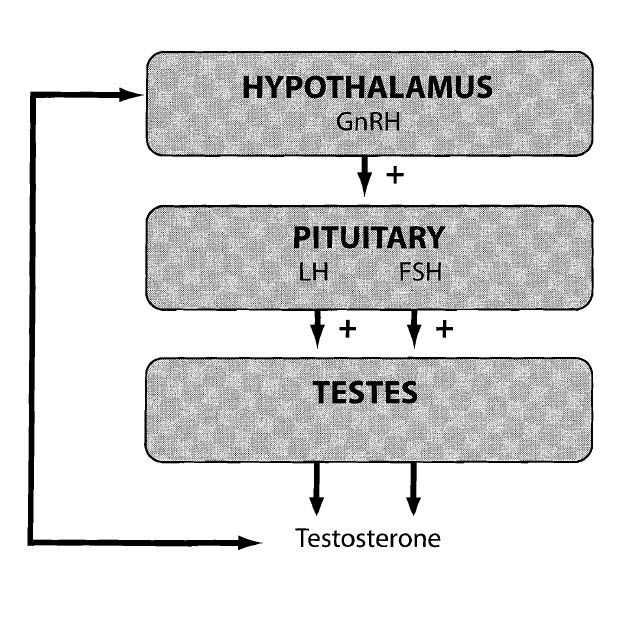
The Hypothalamic-Pituitary-Testicular Axis:
The hypothalamus releases Gonadotropin Releasing Hormone (GnRH), which simulates the pituitary to release luteinizing hormone (LH) and follicle stimulating hormone (FSH). This promotes the release of testosterone from the testes. Testosterone, as well as estrogens and progestin’s, in turn cause negative feedback inhibition at the hypothalamus (and to some extent the pituitary), lowering the output of gonadotropins and testosterone when too much hormone is present.
Testicular Desensitization
Although steroids suppress testosterone production primarily by lowering the level of gonadotropic hormones, the big roadblock to a restored HPTA after we come off the drugs is surprisingly not LH. This problem was made clearly evident in a study published back in 1975.348 Here, blood parameters, including testosterone and LH levels, were monitored in male subjects who were given testosterone enanthate injections of 250 mg weekly for 21 weeks. Subjects remained under investigation for an additional 18 weeks after the drug was discontinued. At the start of the study, LH levels became suppressed in direct relation to the rise in testosterone, which was to be ·expected. Things looked very different, however, once the steroids had been withdrawn (see Figure I). LH levels went on the rise quickly (by the 3rd week), while testosterone barely budged for quite some time. In fact, on average it was more than 10 weeks before any noticeable movement in testosterone production started at all. This lack of correlation makes clear that the problem in getting androgen levels restored is not necessarily the level of LH, but more so testicular atrophy and desensitization to LH. After a period of inactivation, the testes have lost mass (atrophied), making them unable to perform the required workload. The protracted post-cycle window can, likewise, no longer be looked at as one of low testosterone and low LH. Much of it actually involves low testosterone and normal (even high) LH.
The Role of Anti-Estrogens
It is important to understand that anti-estrogens alone are inadequate to restore normal endogenous testosterone production after a cycle. These agents ordinarily increase LH levels by blocking the negative feedback of estrogens. But LH rebounds quickly on its own post-cycle, without help. Plus, there is not an elevated level of estrogen for anti-estrogens to block during this window, as testosterone (now suppressed) is a major substrate used for the synthesis of estrogens in men. Serum estrogen levels are actually lower here, not higher. Any estrogen rebound that occurs post-cycle, likewise, happens with a rebound in testosterone levels, not prior to it (there is an imbalance in the ratio of androgens to estrogens post cycle, but this is another topic altogether). On their own, we are seeing no mechanism in which anti-estrogenic drugs can effectively help here. I can, however, see why this fact would be easy to overlook. The medical literature is filled with references showing anti-estrogenic drugs like Clomid and Nolvadex to increase LH and testosterone levels in men, and in normal situations they indeed perform this function fairly well. Cornbine this with the fact that just as many studies can be found to show that steroid use lowers LH when suppressing testosterone, and we can see how easy it would be to jump to the conclusion that we need to focus on LH. We would miss the true problem, testicular desensitization, unless we were really looking into the actual recovery rates of the hormones involved. When we do, we immediately see little value in focusing solely on anti-estrogenic drugs.
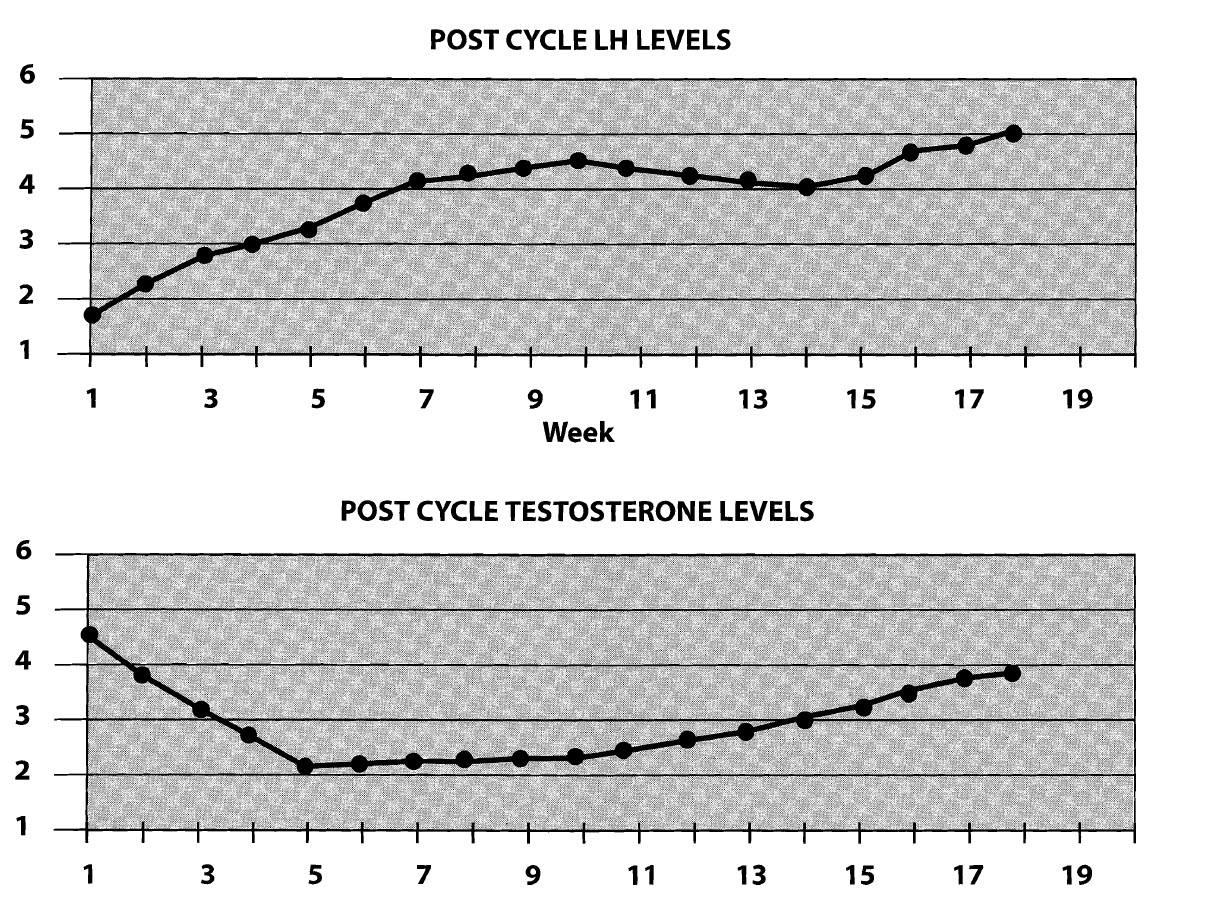
Figure 1. LH and Testosterone measurements starting 1 week after the last injection of 250mg of testosterone enanthate (pretreated measures were 5 mU/mL and 4.5 ng/mL respectively). Note that between weeks 1 and 5, as testosterone levels are declining due to the cessation of exogenous androgen administration, LH levels are already rebounding. From weeks 5 to 10, testosterone levels remain at or very near baseline, despite the substantial increases in LH by this point. No notable rebound in testosterone is noted until after the 10-week mark.
The Role of HCG
With anti-estrogens alone proving to be ineffective, we are left to focus on a very different level of the HPTA in order to hasten recovery: the testes. For this we will need the injectable drug HCG. If you are not familiar, HCG, or Human Chorionic Gonadotropin, is a prescription fertility agent that mimics the body’s natural LH. Although the testes are equally desensitized to this drug as they are to LH (they work through the same receptor), we are administering it as a measured drug and are, therefore, not constrained by the limits of our own LH production. In other words, we can give ourselves a good dose of drug (as much LH as we need, really), shocking the testes with unnaturally high levels of stimulation. We want it to reach a level above what our bodies, even when supported by anti-estrogens, could done on its own. The result should be a more rapid restoration of original testicular mass, which would allow normal levels of testosterone to be output much sooner than without such an ancillary program in place. What we are looking at now is HCG actually being the pivotal post-cycle drug, with anti-estrogens playing more of a supportive role.
The PoWeR PCT Program
The PCT program outlined below represents what I consider to be an ideal and effective post-cycle program. It was developed by the doctors at the Program for Wellness Restoration (PoWeR), who have a formidable history helping patients recover normal hormonal functioning following steroid therapy. One of the key doctors on this program, Dr. Michael Scally, claims to have successfully treated more than 100 cases of hypogonadism/hypogonadotrophic hypogonadism, and is very well known in the field of androgen replacement therapy. PoWeR published this program as part of a recent clinical study, which involved 19 healthy male subjects who were taking supraphysiological (highly suppressive) doses of testosterone cypionate and nandrolone decanoate for 12 weeks. Their HPGA Normalization Protocol focuses on the combined use of HCG, Nolvadex’ and Clomid, and is perhaps the only clinically documentec post-cycle therapy program to be found in the medical literature (it is amazing how little attention has been paid to hormone normalization in clinical medicine). The most notable variation from a classic PCT stack, such that I have been a longtime supporter of, is the combined use of two anti-estrogens. In this case I cannot say that there is disadvantage to such use; perhaps it is indeed the better option.
Examining the program closely, we note that the teste are hit hard with HCG at the onset of therapy. Its intake however, is limited to only 16 days. The doctor, undoubtedly recognize that when HCG is taken for too long or at too high a dosage, it can desensitize the L~ receptor.349 This would only further exacerbate the post cycle problem, not help it. Anti-estrogens are used during and after HCG, with a dosage of 10 mg of Nolvadex and 100 mg of Clomid per day rounding out this compliment of drugs. Clomid is used for a shorter period of time than Nolvadex, likely because of the desensitizing effect it to’ can have (on the pituitary gland) with continued use.
Among other things, these two anti-estrogens will continue to foster LH release as testosterone levels start ~ go back up, as well as combat any potential estrogenic side effects that may be caused by HCG’s up-regulation <I testicular aromatase activity.350 Although in the first couple of weeks the anti-estrogens probably do very little, they should be much more helpful towards the middle and end of the program. During this clinical investigation: normal hormonal function was restored in all subjects I within 45 days of drug cessation. This is a definite success far more favorable than the protracted recovery window noted in studies without post-cycle therapy, such as the 250 mg/week testosterone enanthate investigation, highlighted in Figure I. For me, I believe such a detailed recovery program should follow any serious steroid cycle it is the best way to maintain your gains at their maximum and that is, after all, what we are after.
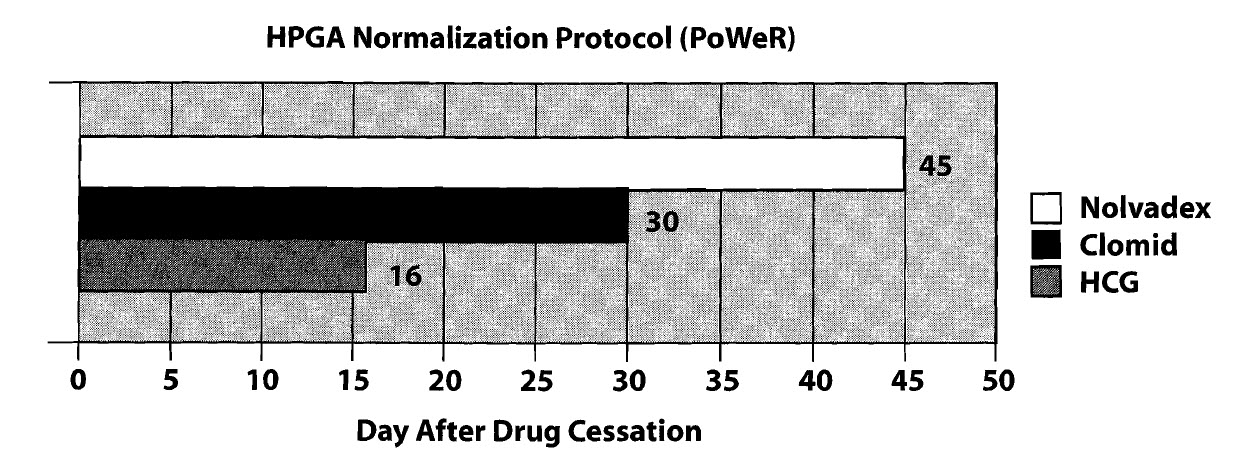
Protocols:
Human chorionic gonadotropin (hCG) is taken at 2500IU every other day for 16 days. Clomiphene citrate 50mg is taken twice per day for 30 days. Tamoxifen citrate is taken 20 mg per day for 45 days.
If you are interested in where I buy my anabolic steroids, hgh, and other prep materials like I state in Where to Buy Steroids Online click the link below. It’s now 10 years since I have been with this vendor and they have been the most professional, reliable source I have ever used.
If you guys ever have any questions please feel free to contact me on the contact page and I would be happy to talk shop with any of you.
I don’t know everything, But if I can help I’d be happy to.
|
|
COUPON CODE: T20
COUPON CODE: ANABOLIC
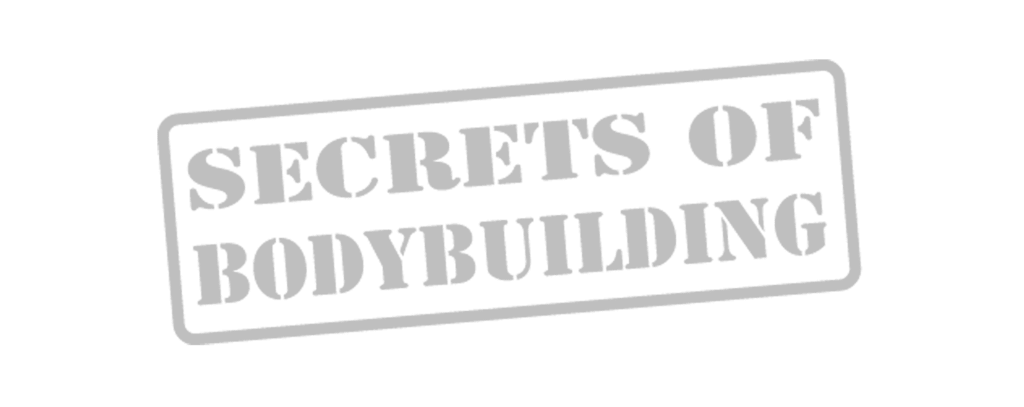
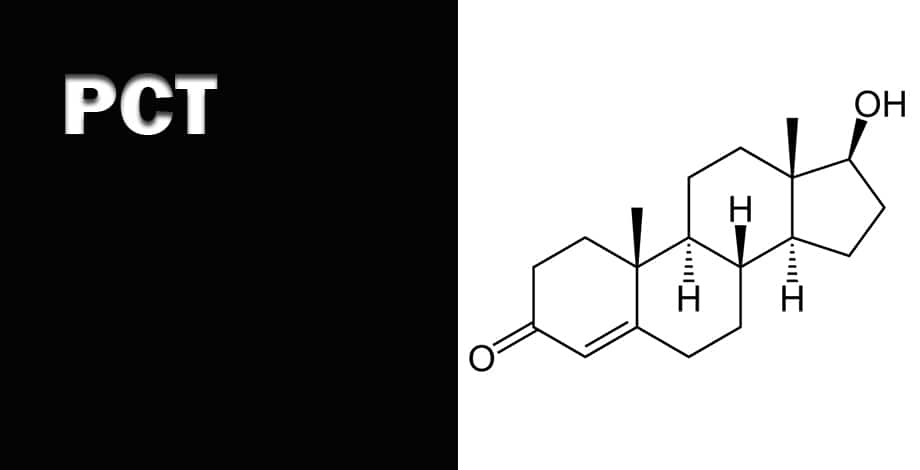




I have been surfing on-line greater than three hours lately, yet I never found any fascinating article like yours.
It is lovely worth enough for me. In my opinion, if all webmasters
and bloggers made excellent content material as you probably did, the net can be much more useful
than ever before.
If you have a desire to learn how to earn from $ 500 per day and work only for yourself, then write to us at email: [email protected]
If you want to improve your knowledge only keep visiting this website and be updated with the most recent news update posted here.
How do I apply the perfect pct to a 12 week cycle of test cyp 250 500 a week?
I love this blog post, i’m going to tweet it on my leagle account